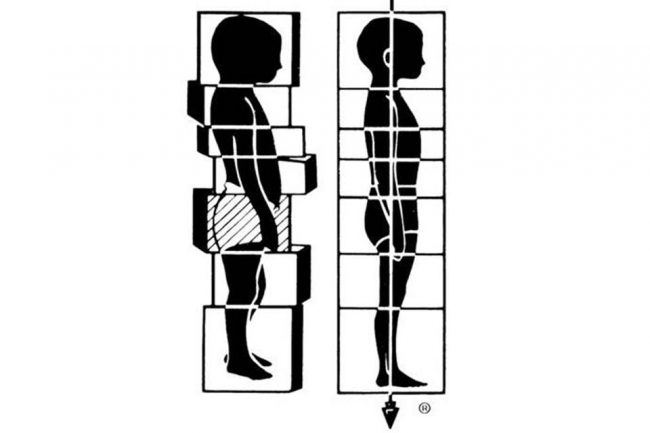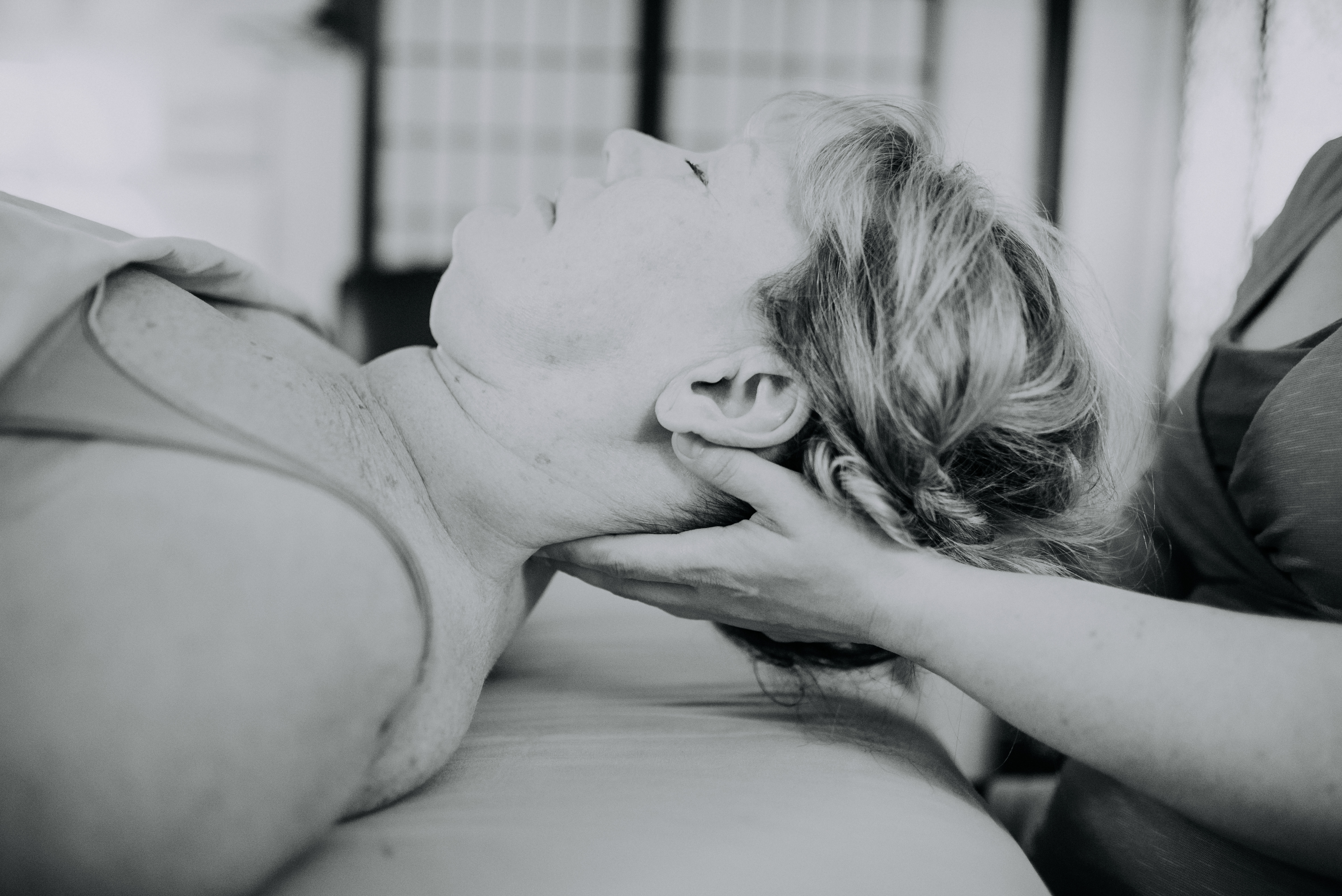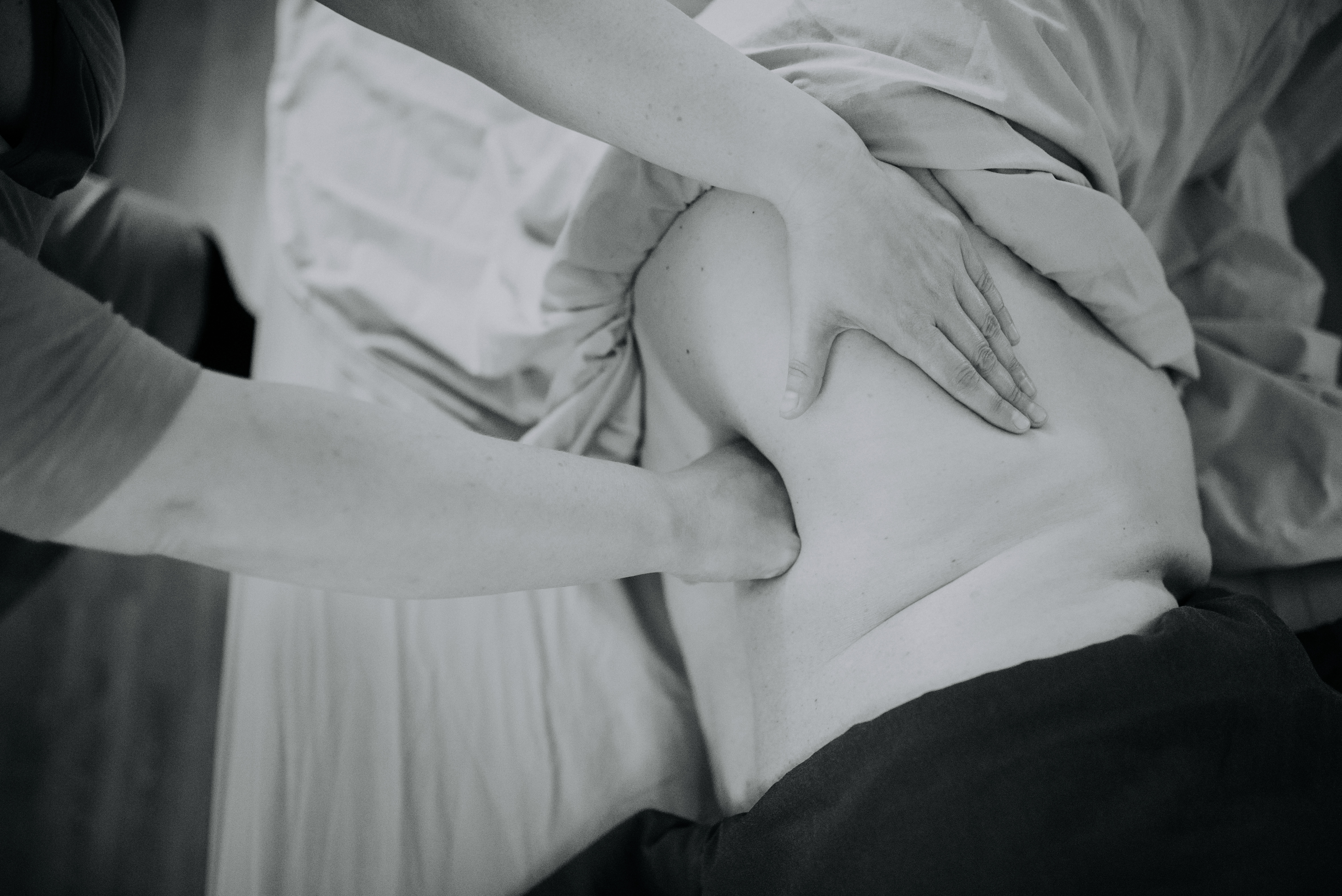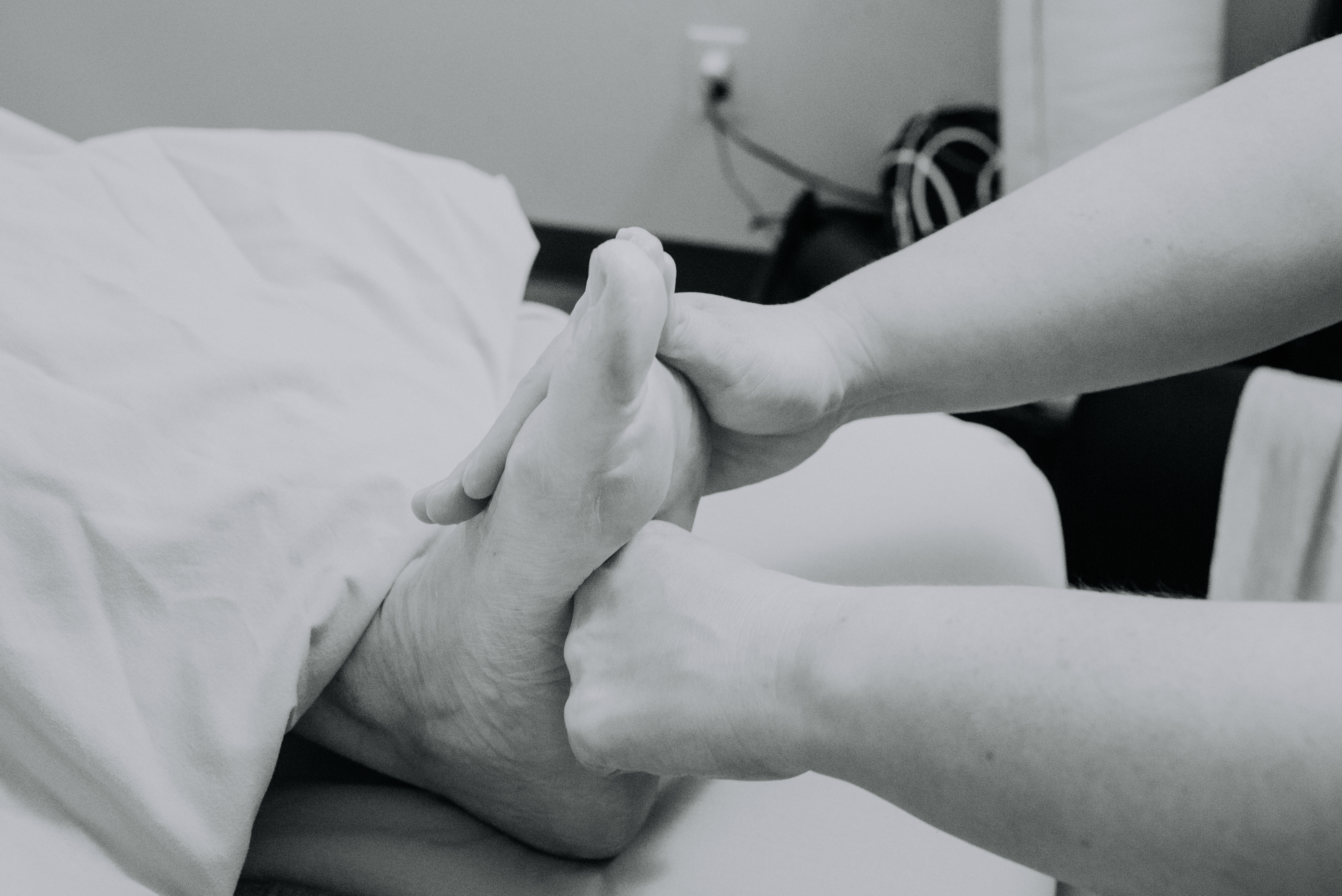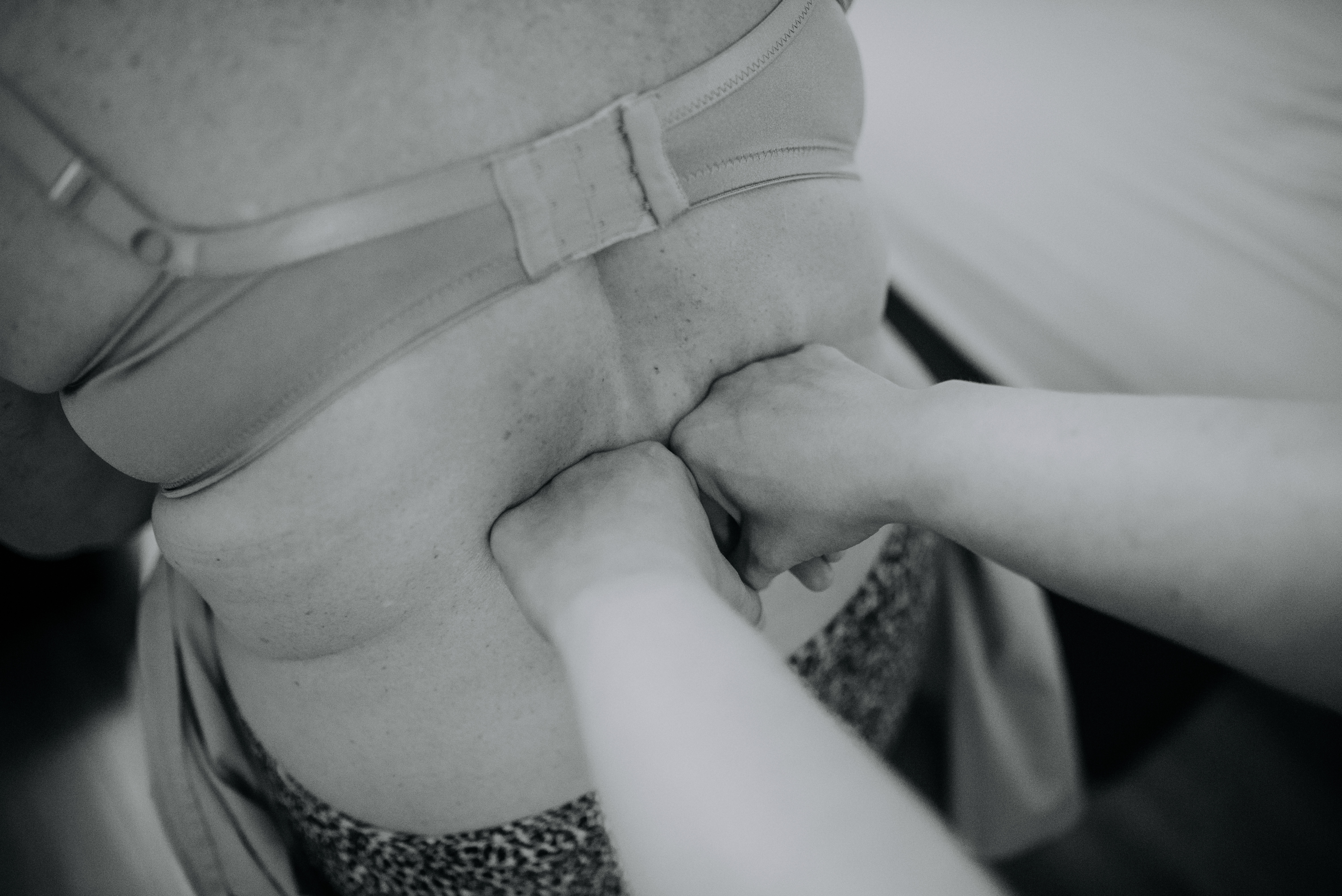One Nervous System connected with One Fascial System
Fascia Is Connective Tissue, it is a Sensory Organ
Educated touch interacts with the nervous system through fascia.
EDUCATED TOUCH AS TREATMENT
In the paradigm of manual therapy, Rolfing® Structural Integration, we focus on the nervous system as a function of how a person organizes themselves within the gravitation field while moving, specifically standing, sitting, and laying down.
This is called the NeuroBiological Model.
(See book – Fascia: The Tensional Network of the Human Body, 2012, Churchill Livingstone Elsevier by Robert Schleip, Thomas W. Findley, Leon Chaitow, & Peter A. Huijing)
The comfort level a person feels in their structure is part a function of how the brain is perceiving sensory input and part the physical ease the fascia associated with nerves have in their peripheral pathways.
Another way of saying that, pain that lingers long after the injury has healed may be that the nerves themselves are physically compromised (strained, kinked, snagged, compressed).
Those shapes and scar tissue patterns that remain after injury are found in the connective tissue, in the fascia. Manual therapy in the Rolfing SI paradigm skillfully contacts and manipulates neural fascia along with musculoskeletal fascia and visceral fascia.
This is one of the levels that Rolfers™ attend to while doing manual interventions that support length, ease, and breathing space in all the tissues.
When nerves and all affiliated tissues have ease, glide, and hydration at the cellular level, it can relate to the person feeling like recovery from chronic pain is progressing.
“All this metaphysics is fine, but be mighty sure you’ve got physics under the metaphysics.” – Dr. Ida P. Rolf
